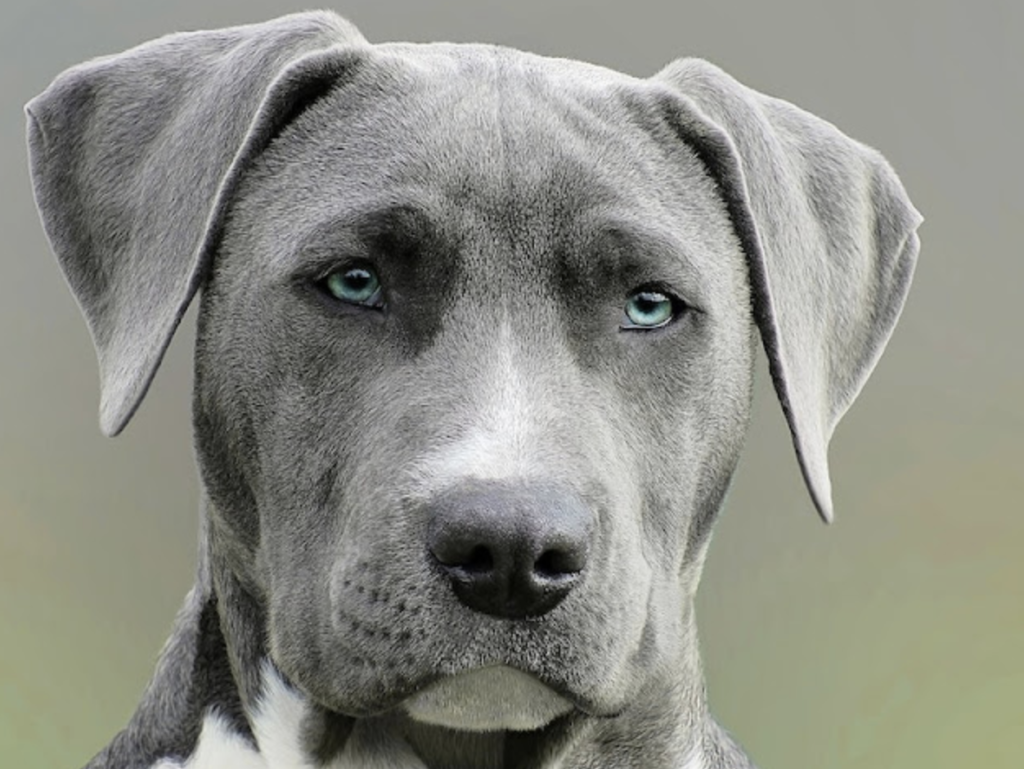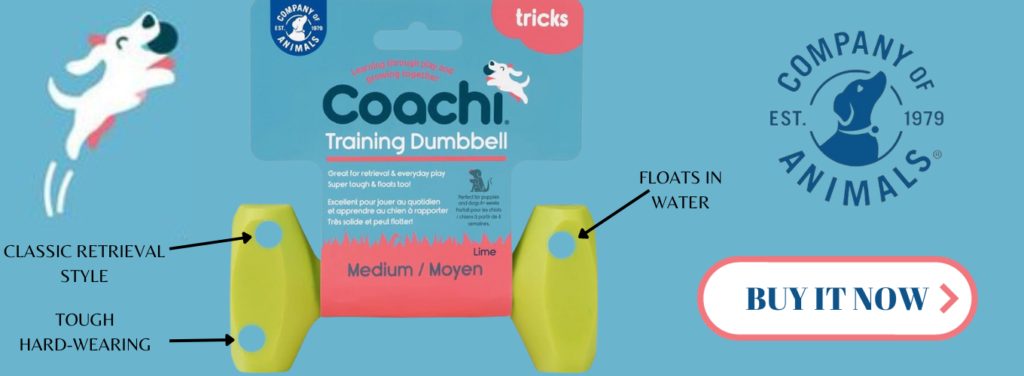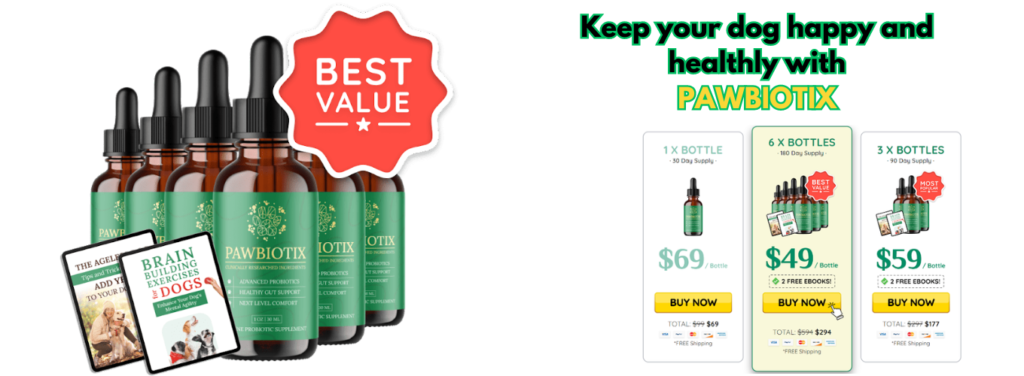Essential Dog Hygiene Tips for Owners
Proper hygiene is essential for the health and well-being of your furry friend. In this article, we will discuss some essential dog hygiene tips that every dog owner should know. From regular baths to dental care and grooming, we will cover everything you need to keep your dog clean and healthy.
Key Takeaways
- Regular baths help keep your dog smelling fresh and prevent skin issues.
- Choose a shampoo specifically formulated for dogs to avoid skin irritation.
- Dental hygiene is important for your dog’s overall health and can prevent dental diseases.
- Brush your dog’s teeth regularly and consider alternative dental care options.
- Brushing and detangling your dog’s coat helps prevent matting and keeps their fur healthy.
Why Your Dog Needs Regular Baths

The Smell Test: How to Know When Your Dog Needs a Bath
When it comes to dog hygiene, a smell test can be a handy tool. If your furry friend is emitting an odor that can rival a garbage truck on a hot summer day, it’s probably time for a bath. But don’t wait until your dog’s stench is strong enough to peel the paint off the walls. Regular baths are important to keep your dog’s skin and coat healthy. Not only will it remove dirt and grime, but it can also help prevent skin infections and control shedding. So, grab your rubber ducky and let’s dive into the world of doggy cleanliness!
The Benefits of Regular Baths for Your Dog
Regular baths not only keep your dog smelling fresh, but they also help maintain their overall health and hygiene. Bathing your dog helps remove dirt, allergens, and parasites from their skin and coat, reducing the risk of infections and skin problems. It also helps to control shedding and minimize odors. Additionally, regular baths provide an opportunity to check for any abnormalities or health issues, such as lumps, bumps, or skin irritations. So, grab your dog-friendly shampoo, fill up the tub, and give your furry friend a spa-like experience!
Choosing the Right Shampoo for Your Dog
When it comes to choosing the right shampoo for your dog, you want to make sure you’re using the safest way to clean your dog’s muzzle. Dogs can be sensitive to certain ingredients, so it’s important to opt for a shampoo that is gentle and free from harsh chemicals. Look for shampoos that are specifically formulated for dogs and avoid using human shampoos, as they can strip the natural oils from your dog’s coat. Additionally, consider your dog’s specific needs, such as dry skin or allergies, and choose a shampoo that addresses those concerns. Remember, a clean and fresh-smelling dog is a happy dog!
Keeping Your Dog’s Teeth Clean and Fresh
The Importance of Dental Hygiene for Dogs
Proper dental hygiene is essential for dogs to maintain good overall health. Neglecting your dog’s dental care can lead to a variety of oral health issues, including tooth decay, gum disease, and bad breath. Regularly brushing your dog’s teeth is the best way to prevent these problems and keep their teeth clean and healthy. But let’s face it, brushing a dog’s teeth can be a challenging task. If your dog is not a fan of toothbrushes, there are alternative dental care options available, such as dental chews, dental sprays, and water additives. These can help to reduce plaque and tartar buildup and freshen your dog’s breath. Remember, a healthy mouth means a happy dog!
Brushing Your Dog’s Teeth: A Step-by-Step Guide
Brushing your dog’s teeth is an essential part of their dental hygiene routine. It helps prevent plaque buildup and keeps their breath fresh. But let’s face it, getting your dog to sit still for a tooth brushing session can be a challenge. Here’s a step-by-step guide to make the process a little easier:
- Gather your supplies: You’ll need a dog toothbrush, dog toothpaste, and lots of patience.
- Introduce the toothbrush: Start by letting your dog sniff and lick the toothbrush to get familiar with it.
- Apply toothpaste: Use a small amount of dog toothpaste on the brush. Make sure to use toothpaste specifically formulated for dogs, as human toothpaste can be harmful to them.
- Brush gently: Hold the toothbrush at a 45-degree angle and brush in small circular motions. Focus on the outer surfaces of the teeth, as that’s where plaque tends to accumulate.
- Reward your dog: After the brushing session, reward your dog with praise and a treat to make it a positive experience.
Remember, regular teeth brushing is key to keeping dogs clean and healthy. So grab that toothbrush and get to work!
Alternative Dental Care Options for Dogs
When it comes to dog grooming, dental hygiene is often overlooked. However, it is of utmost importance for your furry friend’s overall health. While brushing your dog’s teeth is the most effective way to keep them clean and fresh, there are alternative options available. One popular option is dental chews, which can help reduce plaque and tartar buildup. Another option is dental wipes, which can be used to wipe your dog’s teeth and gums. Additionally, there are dental sprays and water additives that can help maintain your dog’s oral hygiene. Remember, a healthy mouth means a happy dog!
Grooming Tips for a Fabulous Fur

Brushing and Detangling Your Dog’s Coat
To keep your dog’s coat looking fabulous, regular brushing and detangling is essential. Not only does it help prevent mats and tangles, but it also promotes healthy hair growth and prevents damage from dog urine. Start by using a slicker brush to remove any loose hair and tangles. Then, switch to a comb to gently work through any remaining knots. Remember to be patient and gentle, as pulling or tugging can cause discomfort for your furry friend. If you encounter any stubborn mats, you can use a detangling spray or conditioner to make the process easier. Pro tip: For long-haired breeds, consider using a grooming table to make brushing and detangling more convenient. And don’t forget to reward your pup with treats and praise for their cooperation!
Here’s a table to help you choose the right tools for brushing and detangling your dog’s coat:
| Tool | Description |
| Slicker brush | Removes loose hair and tangles |
| Comb | Works through remaining knots |
| Detangling spray/conditioner | Helps with stubborn mats |
Remember, regular brushing and detangling will keep your dog’s coat looking fabulous and prevent damage from dog urine.
Trimming Your Dog’s Nails: Do’s and Don’ts
Trimming your dog’s nails can be a challenging task, but with the right techniques and tools, it can be done safely and effectively. Regular nail trims are important for your dog’s overall health and comfort. Long nails can cause discomfort and pain, and they can also lead to other issues such as difficulty walking and joint problems. When trimming your dog’s nails, it’s important to use proper nail clippers designed for dogs. Avoid cutting the nails too short, as this can cause bleeding and pain. If you’re unsure about trimming your dog’s nails, it’s best to seek the help of a professional groomer or veterinarian. They can provide guidance and ensure that the process is done correctly. Remember, keeping your dog’s nails trimmed is an essential part of their grooming routine and contributes to their overall well-being.
Dealing with Shedding: Tips and Tricks
Shedding can be a hairy situation for dog owners, but fear not! We have some pawsome tips and tricks to help you deal with this furry problem. First, regular brushing is key to keeping your dog’s coat healthy and reducing shedding. Use a slicker brush to gently remove loose fur and prevent matting. Remember to be patient and give your pup lots of treats and praise during grooming sessions. Trimming your dog’s nails is another important step in maintaining their overall hygiene. Invest in a good pair of nail clippers and follow a step-by-step guide to avoid any accidents. If you’re unsure or uncomfortable with trimming your dog’s nails, it’s best to seek professional help. Lastly, when it comes to cleaning up all that shedding fur, a lint roller will be your new best friend. Keep one handy in your home and car to quickly remove fur from furniture, clothes, and even yourself! With these tips, you’ll be able to tackle shedding like a pro and keep your home fur-free.
Grooming Tips for a Fabulous Fur
Frequently Asked Questions

How often should I bathe my dog?
The frequency of bathing depends on your dog’s breed, activity level, and skin condition. In general, most dogs benefit from a bath every 4-6 weeks. However, some breeds with oily coats may require more frequent baths, while others with dry skin may need fewer baths.
What should I do if my dog has bad breath?
Bad breath in dogs can be a sign of dental problems or other health issues. It is important to schedule a dental check-up with your veterinarian to determine the cause of the bad breath. Regular teeth brushing and dental cleanings can help prevent and treat bad breath in dogs.
How do I choose the right shampoo for my dog?
When choosing a shampoo for your dog, consider their skin type and any specific skin conditions they may have. Look for shampoos that are specifically formulated for dogs and avoid using human shampoos, as they can be too harsh for their skin. Your veterinarian can recommend a suitable shampoo for your dog.
How do I brush my dog’s teeth?
To brush your dog’s teeth, start by introducing them to the toothbrush and toothpaste gradually. Use a dog-specific toothbrush and toothpaste that is safe for dogs. Gently brush their teeth in a circular motion, focusing on the gum line. Be patient and make the experience positive with rewards and praise.
Can I use human toothpaste to brush my dog’s teeth?
No, you should never use human toothpaste to brush your dog’s teeth. Human toothpaste contains ingredients that can be toxic to dogs if ingested. Use a toothpaste specifically formulated for dogs, which is safe for them to swallow.
How often should I trim my dog’s nails?
The frequency of nail trimming depends on your dog’s activity level and the rate of nail growth. In general, most dogs require nail trims every 4-6 weeks. However, some dogs may need more frequent trims if their nails grow quickly or if they do not wear down naturally.

